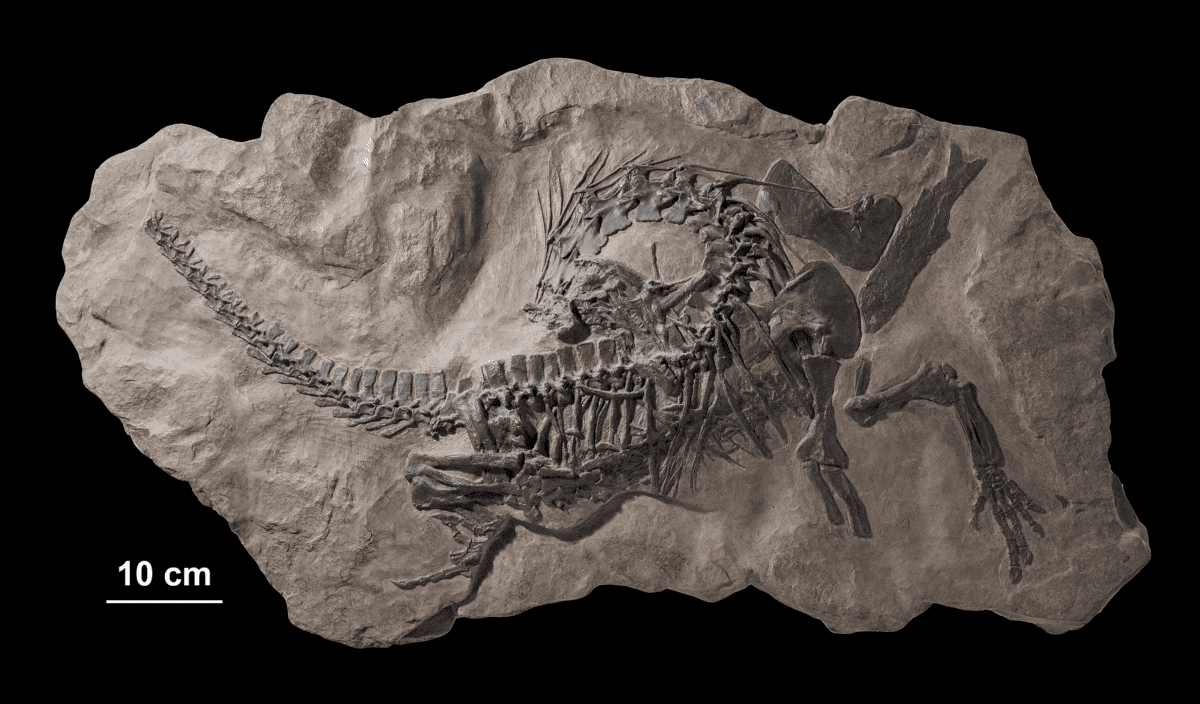The study of fossils offers an exciting glimpse into the Earth’s distant past and holds the key to understanding the intricate process of evolution. Although countless fossils have been discovered over time, some specimens have challenged existing paradigms and reshaped our comprehension of evolutionary history. In this article, we will explore five forgotten fossils that revolutionized our understanding of life’s evolution on Earth.
The Role of Fossils in Evolutionary Biology

Paleontology, the science of studying fossils, plays an indispensable role in understanding biological evolution. Fossils are the preserved remains or impressions of ancient organisms, providing tangible evidence of life forms that existed millions or even billions of years ago. They help scientists trace the developmental paths of species, offering critical insights into how life evolved over time.
Uncovering Earth’s Biological History

The discovery of fossils enables scientists to construct a timeline of life’s progression, documenting transitions across major eras, from simple single-celled organisms to complex multicellular life. By examining fossils, researchers can identify significant evolutionary events such as mass extinctions, adaptive radiations, and morphological innovations.
Forgotten Fossil #1: Tiktaalik roseae

Discovered in the Canadian Arctic in 2004, Tiktaalik roseae is a crucial fossil that provides insight into the transition from aquatic to terrestrial life. Often described as a “fishapod,” Tiktaalik displayed both fish-like and tetrapod characteristics, such as fins capable of supporting its weight on land. This discovery filled a critical gap in the evolutionary pathway leading to the emergence of four-limbed vertebrates.
Forgotten Fossil #2: Archaeopteryx lithographic

First unearthed in the 19th century, Archaeopteryx lithographica is a pivotal fossil that bridges the gap between reptiles and birds. With features such as feathers, wishbone, and bird-like wings, yet possessing teeth and a long tail like dinosaurs, Archaeopteryx demonstrated the evolutionary link between non-avian dinosaurs and modern birds, challenging earlier claims that birds arose directly from reptiles.
Forgotten Fossil #3: Ida (Darwinius masillae)

In 2009, a nearly complete primate fossil known as Ida (Darwinius masillae) was introduced to the scientific community. Estimated to be around 47 million years old, Ida’s remarkable preservation revealed anatomical details that shed light on primate evolution. While initially proposed as a possible ancestor to humans, further analysis suggests it more likely represents a side branch of the primate lineage, enriching our understanding of primate diversity.
Forgotten Fossil #4: Homo naledi

Homo naledi, discovered in South Africa’s Rising Star Cave system in 2013, challenged the conventional timeline of human evolution. With an unexpected blend of primitive and modern anatomical features, yet relatively young geological age, it suggested that multiple Homo species coexisted in the same region, complicating the narrative of linear human ancestry.
Forgotten Fossil #5: Dickinsonia

The late 20th-century find of Dickinsonia fossils offered intriguing insights into the enigmatic Ediacaran biota, a group of organisms predating known animal life. Initially of uncertain classification, recent biochemical analysis has classified Dickinsonia as one of the oldest known animals, pushing back the origins of animal life by tens of millions of years and expanding our understanding of the evolutionary timeline.
The Impact of Forgotten Fossils on Evolutionary Theory

These forgotten fossils have profoundly impacted evolutionary theory by challenging pre-existing assumptions and filling in critical gaps. They highlight the dynamic and often non-linear paths evolution can take, demonstrating the complexity and diversity of life across different epochs. Each discovery has contributed to a more nuanced understanding of how species adapt, diversify, and survive over millennia.
The Ongoing Quest for Knowledge

While these five fossils significantly altered our understanding of evolution, the field of paleontology continues to uncover new findings that redefine our knowledge of life’s history. As technology advances and more fossils are discovered, our understanding of evolutionary relationships will likely continue to evolve. The study of forgotten fossils not only enriches our scientific knowledge but also underscores the profound narrative of life’s evolution on Earth.
- How Snakes Use Their Forked Tongue to “Smell” the Air - June 30, 2025
- The True Story of Free Willy’s Real-Life Whale, Keiko - June 30, 2025
- The Living Fossils of Australia: These Ancient Creatures Defy Evolution - June 30, 2025

